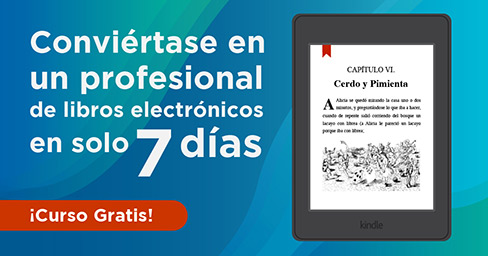Interactive Journals for Students: How to Create and Use Them Effectively
Interactive journals have many benefits and usages that can help improve the way our students interact with what they learn and how they receive information. This is why it is important to know how to use them, and that’s what we’ll explore in this article.
Read


















